Varicose veins are more than just a cosmetic issue; they are a common condition where veins, usually in the legs, become enlarged, twisted, and visible just under the skin.
For fitness enthusiasts, understanding the underlying causes and recognizing the symptoms early is crucial in preventing them from escalating into a more serious problem.
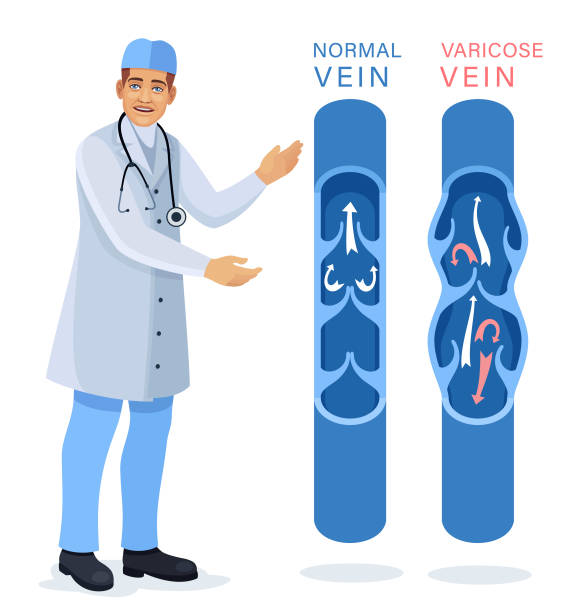
Causes of Varicose Veins
Varicose veins occur when the valves in the veins, which help regulate blood flow back to the heart, weaken or become damaged. This causes blood to pool in the veins, leading to the characteristic bulging appearance. Several factors contribute to the development of varicose veins, including:
- Genetics: A family history of varicose veins significantly increases your risk.
- Age: As you age, veins lose elasticity, and valves may weaken.
- Gender: Women are more likely to develop varicose veins, often due to hormonal changes during pregnancy, menstruation, or menopause.
- Pregnancy: The increased volume of blood in the body during pregnancy puts extra pressure on the veins.
- Lifestyle Factors: Prolonged standing or sitting, obesity, and lack of exercise contribute to the development of varicose veins.
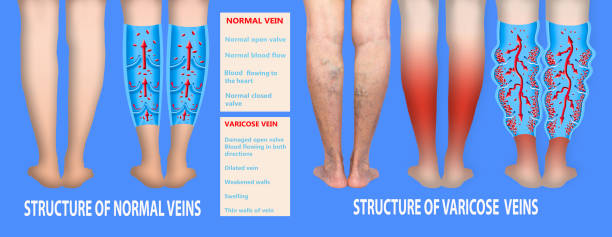
Symptoms of Varicose Veins
Common symptoms of varicose veins include:
- Visible, swollen veins that may be blue or dark purple.
- Aching, heavy legs, especially after exercise or prolonged standing.
- Swelling in the lower legs.
- Itching around the veins.
- Skin discoloration around the varicose veins.
For fitness enthusiasts, these symptoms can interfere with workouts and reduce motivation. Therefore, addressing varicose veins promptly is essential for maintaining an active lifestyle.
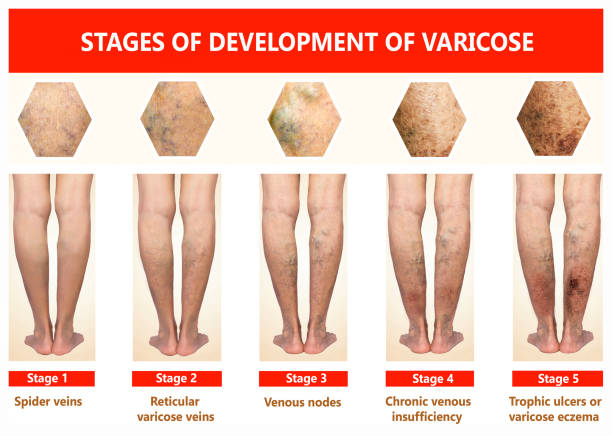
Prevention Strategies for Varicose Veins
While you may not completely prevent varicose veins, certain lifestyle changes can help reduce the risk and slow their progression. As a fitness enthusiast, incorporating these strategies into your routine is vital.
- Stay Active: Regular exercise promotes healthy blood circulation and helps maintain a healthy weight, which reduces pressure on the veins. Activities like walking, cycling, and swimming are particularly beneficial.
- Elevate Your Legs: After workouts, elevate your legs above your heart level to improve circulation and reduce pressure on the veins. This simple action can help prevent blood from pooling in your lower extremities.
- Wear Compression Stockings: Compression stockings apply gentle pressure to the legs, encouraging blood flow and preventing the veins from becoming overly distended. Wearing them during long workouts or periods of prolonged standing can be especially helpful.
- Maintain a Healthy Weight: Carrying excess weight increases the pressure on your veins, so maintaining a healthy weight through diet and exercise is crucial.
- Avoid Prolonged Sitting or Standing: If your routine involves extended periods of sitting or standing, take frequent breaks to move around. Flexing your legs, stretching, or walking in place can improve circulation.
- Hydrate and Eat a Balanced Diet: Staying hydrated and consuming a diet rich in fiber can prevent constipation, which can contribute to varicose veins. Additionally, foods high in antioxidants support vein health.
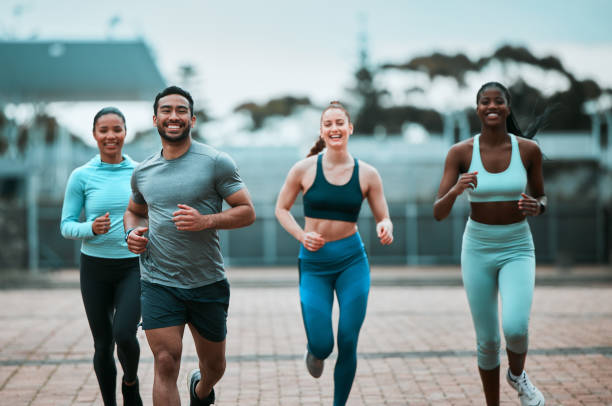
Eliminating Varicose Veins: Effective Treatment Options
Despite preventive measures, varicose veins can still develop. Fortunately, several effective treatment options are available, ranging from non-invasive to minimally invasive procedures.
Here’s an overview of the most effective treatments, particularly for those who lead an active lifestyle.
1. VenaSeal Closure System
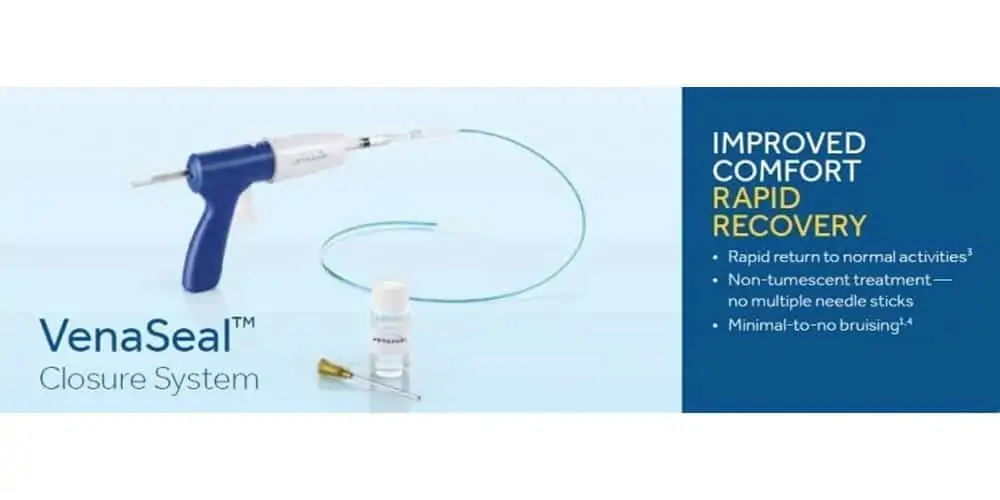
The VenaSeal Closure System is a cutting-edge, non-thermal, non-sclerosant treatment approved by the FDA for closing diseased veins. This method uses a proprietary medical adhesive to seal the vein, which is particularly advantageous for those who want to avoid thermal or irritant-based treatments like laser therapy or sclerotherapy.
How It Works:
- A catheter is inserted into the damaged vein under local anesthesia.
- Medical adhesive is delivered through the catheter, sealing the vein upon contact with blood.
- Blood flow is naturally rerouted to healthy veins, and the sealed vein is gradually absorbed by the body.
Benefits:
- Minimal discomfort and bruising.
- Quick recovery time, allowing patients to return to normal activities immediately.
- No need for compression stockings in many cases.
- Reduced risk of nerve injury compared to thermal-based treatments.
This treatment is particularly appealing for active individuals who need a quick recovery to maintain their fitness routines.
2. Sclerotherapy
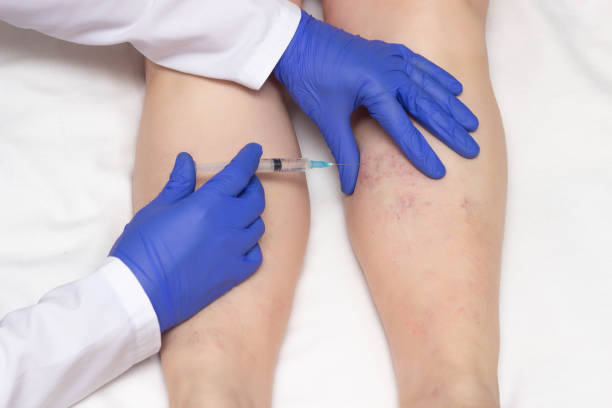
Sclerotherapy is a time-tested treatment for smaller varicose veins and spider veins. This minimally invasive procedure involves injecting a sclerosant solution directly into the vein, causing it to collapse and eventually be absorbed by the body.
How It Works:
- The sclerosant irritates the lining of the vein, causing it to collapse and stick together.
- Over time, the treated vein fades and disappears as the body reroutes blood flow to healthier veins.
Benefits:
- Effective for small to medium-sized varicose veins.
- Minimal downtime, with most people resuming regular activities within a day.
- Can be performed in a doctor’s office without anesthesia.
For those committed to fitness, sclerotherapy offers an efficient and effective way to address varicose veins without significant disruption to their exercise routines.
3. Lifestyle and Post-Treatment Care
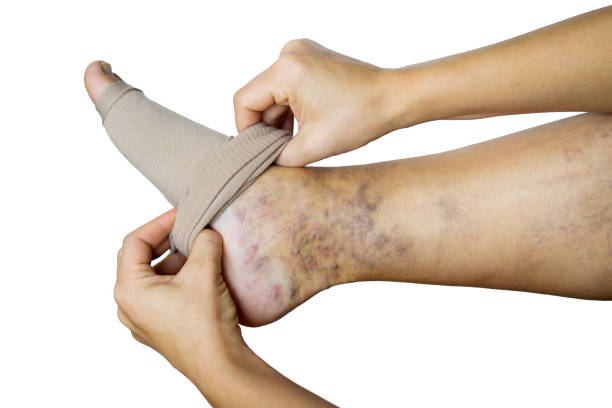
Regardless of the treatment chosen, maintaining a healthy lifestyle post-treatment is crucial to prevent recurrence. Here are some tips to ensure long-term success:
- Gradual Return to Exercise: After treatment, ease back into your fitness routine. Start with low-impact activities and gradually increase intensity as your body heals.
- Continue Wearing Compression Stockings: If recommended by your doctor, continue wearing compression stockings for a few weeks post-treatment to support proper healing and circulation.
- Monitor Your Veins: Keep an eye on your legs for any signs of new varicose veins. Early detection and treatment can prevent them from worsening.
- Maintain a Healthy Weight: Continue with a balanced diet and regular exercise to avoid putting additional pressure on your veins.
- Follow-Up Care: Regular check-ups with your vein specialist are important to monitor your progress and address any concerns promptly.
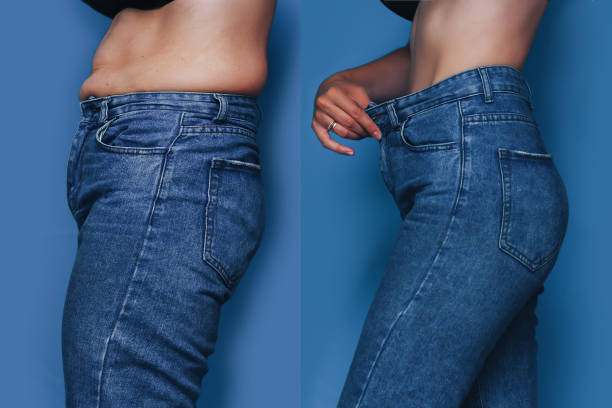
Over To You…
Varicose veins can be challenging, especially for those dedicated to a fitness-oriented lifestyle. However, understanding the causes, implementing preventive strategies, and opting for effective treatments like the VenaSeal Closure System or sclerotherapy can help you manage and eliminate varicose veins without sacrificing your active lifestyle.
By staying proactive and working with a healthcare professional, you can continue to pursue your fitness goals while maintaining healthy, strong veins. Remember, early intervention is key to preventing varicose veins from affecting your quality of life.
Whether you’re just beginning to notice symptoms or looking to address existing varicose veins, there’s a solution that fits your needs and keeps you on track with your fitness journey.
Looking to stay healthy without breaking the bank? Don’t look any further.
Subscribe to Kloud Iron’s 28-day fitness program and begin your journey toward optimal mental health and physical fitness.
To learn more about Kloud Iron Fitness Hub’s offers, contact us today or message/follow us on Facebook and Instagram. We are also available on YouTube.


Leave Your Comment